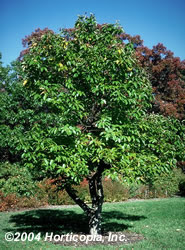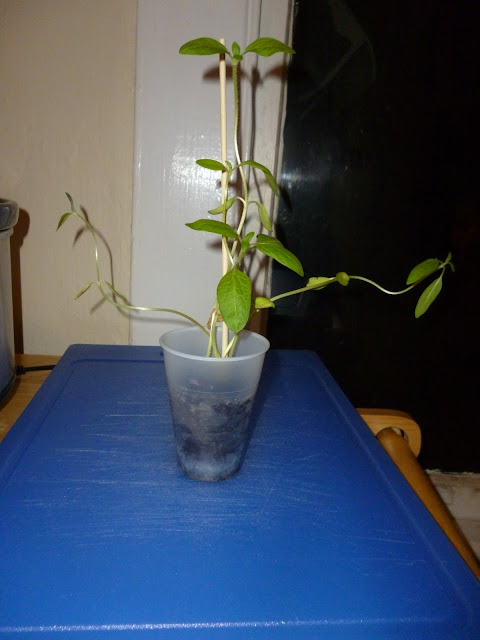Plant Identification
Plants
1) Loropetalum (Loropetalum lanceum)-Bush that is a ground shrub but can get up to 12 meters tall. When it grows out, it has red tips around the outside of the leaves.
3) Hosta (Funkia)-Deer enjoy eating this plant, a leafy one with white around the edges.
4) Poison Ivy (Rhus radicans)- Clear liquid sap produced by the plant causes an itchy rash on most people. It takes the form of vines and shrubs. The leaves are three almond-shaped leaflets. (I am also highly allergic to it!?
5) Monkey Grass (Liriope muscari)- Tall grass used for boardering and filling out gardens. Long blades that come to a tip.
6) Elephant Ear (Colocasia esculenta)- Large leaves that are named after the shape and size of the ears of elephants as well as the flapping like quality.
Trees
1) Bradford Pear (Pyrus calleryana)- Native to China and Vietnam. They do not smell particularly pleasant, have been compared to the smell of dead fish. The tree has a flowering bud of white, five-petaled flowers. The leaves are an oval shape.
2) Willow Oak (Quercus phellos)- Medium-sized tree being very distinguishable because the leaves are shaped like willow leaves instead of the traditional oak leaves. The tree produces an acorn that animals eat from and the tree grows very rapidly so it is good for agricultural harvesting to use for making of paper and wood pulp.
3) American Sycamore (Platanus occidentalis)- Known for the flakey bark which comes from the stretching the bark goes through from the growth process of the tree. When the bark has flaked off, it can leave the trunk looking white or grey in color.
4) Pin Oak (Quercus palustris) - Medium-sized tree with leaves that have 5 or 7 lobes/teeth on them. The leaves have deep cut, U-shaped cuts in them. It also supports the growth of acorns.
5) Red Maple (Acer rubrum)- Medium to large sized tree, not as deeply lobed leaves. When there are five leaves together, the ones closer to the base are smaller than the other ones. It's more easily distinguishable than other maple species.
6) Chinese Chestnut (Castanea mollissima)- This tree has broad, toothed leaves and the fruit is a spikey ball that contains two to three chestnuts inside when broken open. This tree has been the most resistant to fungal disease that have attacked chestnut trees. American Chestnut trees were nearly wiped out by the fungal disease.

























































